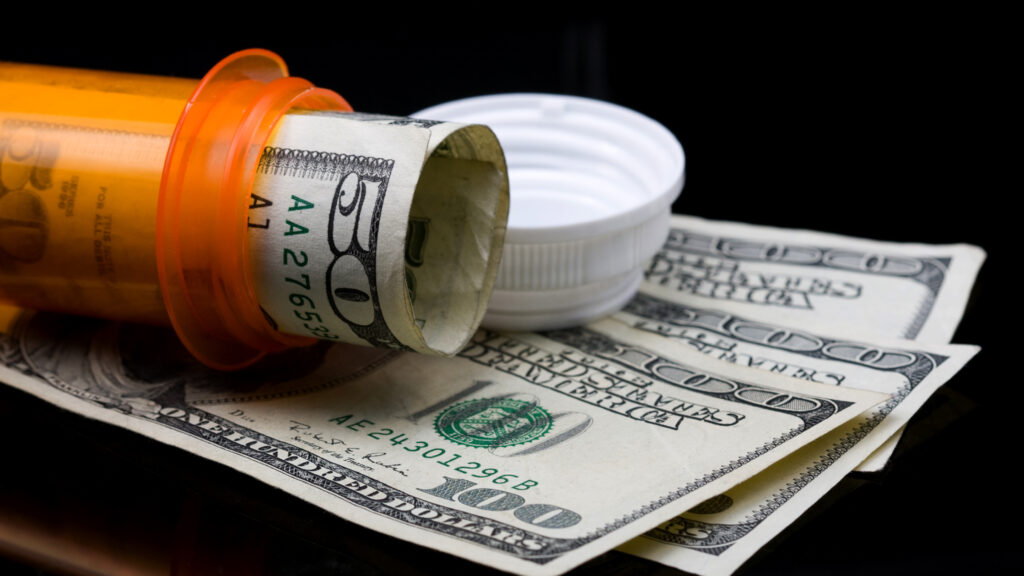When we go to the physician’s office, we’re filled with dread over the overall costs to have to pay. Getting a prescription from your physician not knowing how much the prescribed medicine would cost can be anxiety-inducing for some people. It may be hard to fully get better when you’re constantly worried about the costs.
Thankfully, there are ways you can save up on prescription drug costs, and you clicked just the right page to help you with this! This page discusses how you can save on medicine costs using discounts, coupons, generic medication, buying in bulk, and applying for assistance programs. Continue reading to learn more!
Use Discounts and Coupons

Nowadays, you can purchase your drugs safely online at more affordable prices. You can order your prescribed medications with only a quick click. Just ensure that the shopping site is FDA-approved.
Additionally, you may even use discounts and coupons offered online if you want to get your prescription filled in a brick-and-mortar pharmacy. Check out Buzzrx.com to see if you can get discounts and coupons on your medications. You can save up to 80% discount on your meds at over 60,000 pharmacies nationwide.
Try to Switch to Generic Medication

You might be able to save more if you switched to generic medication. Brand-name medications and FDA-approved generics are usually identical. However, some slight differences can affect some patients. An FDA-approved genetic test ensures that two drugs are bioequivalent. This means the active ingredient should be the same, and the medicine gets released into the bloodstream at the same rate and quantity.
Where do these drugs differ? A generic drug and a brand-name medicine vary in the inactive ingredients, e.g., coatings, flavorings, and fillers. Don’t worry; the FDA requires proof that these ingredients are safe to consume.
However, you should consult your physician before switching to generic medication immediately. Ask them if there are inactive ingredients in the generic brand that may cause allergic reactions to you. It’s also vital that you determine if the generic drug dosage would suit your condition. These are questions that only your healthcare provider can ask, so before you make any decisions, a consultation would help you.
Furthermore, the cash price alone for generic medications can save you more money. Although, you can get deeper discounts with brand-name medications since discounts, coupons, and assistance programs are usually given to brand-name drugs. However, if there aren’t any coupons or assistance programs in your country, switching to a generic medication is an excellent alternative to this. You can still save money this way.
Buy In Bulk

There may be some physicians who would usually prescribe a week, a 30-day supply of medication, or for life – depending on your condition. To save up on costs, we recommend asking your physician or pharmacist if they can prescribe and sell you a 90-day (or longer) supply of medication.
This is especially important if you’re on maintenance medication, which requires you to take it for life. If you’re on regular and year-round prescriptions, buying in bulk can save you on costs. Additionally, most insurance plans offer a mail-order pharmacy option to purchase 90 days’ worth of regular medication at a time.
You should know that there are medications you aren’t allowed to purchase in large quantities, like opiates and heavy-duty painkillers as these drugs can be addictive. Also, these medications often need to be recalibrated with a physician since they would not want you to maintain a particular dose for a long time since your body may learn how to grow resistant to it.
Of course, you can ask your insurance company and physician if you can purchase the prescribed drugs in bulk to save on costs.
Look Into Copay Assistance Programs

When you’re in the pharmacy, chat with your pharmacist and ask them about copay assistance programs. They’re very helpful when introducing you to these kinds of assistance programs.
However, if your pharmacist can’t help you or you don’t want to ask, you can do a simple Google search and find numerous finds on the drug you need to purchase. All you have to do is search on the Internet if your drug has any copay assistance program.
If you choose to stay with a brand-name medication, you’ll be glad to know that there’s another alternative. Brand-name drugs have many copay assistance programs that can work seamlessly with your insurance company. Check known websites like Medicare to see if you can qualify for the assistance.
Find a New Insurance Plan

Lastly, in extreme cases where you really need to save money, you might consider finding a new insurance plan or provider for your prescription. It’s much more work than the other items on this list, but you can save on medicine costs in the long run.
You should know that insurance plans can change their drug coverages each year. So, as the consumer, it’s your responsibility to check and ensure that you’re getting the best possible plan and insurance for your money.
Before switching, do your research first. Check if changing plans would cause a coverage gap while taking these medications. For better results and accurate answers, it would be best to contact your current provider to check if they can work with you and if they have any suggestions of what plans they can offer to cover your prescription costs.
Luckily, most insurance companies offer online services and price look-up tools you can use to find the best possible option for your medications.
Final Thoughts
Drug costs have caused some consumers frustration and financial burdens for many years. Without assistance programs, discounts, and sacrifices (like switching to a generic brand), the face value of these prescription medications can be devastating, especially when consumers have to take them for a long time.
Thankfully, there are several things you can do to save up money. Even if you have the funds to purchase these drugs at their face value, you should always try to cut costs when possible. Since you can use the money, you save for other important causes.







